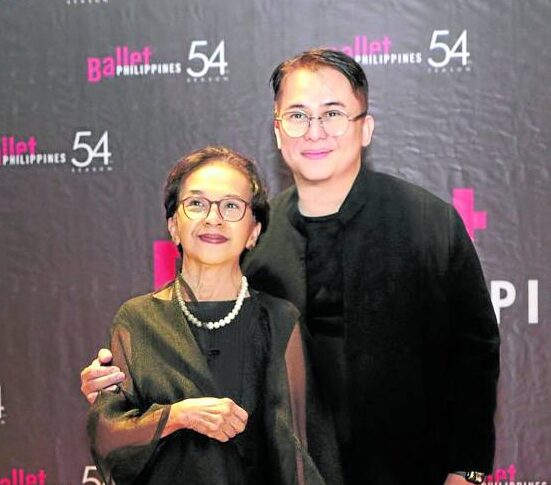
After the phenomenal world premiere of “Dyosa,” Ballet Philippines (BP) had breached a standard for staging modern ballet performances in the country. That the resident company of the Cultural Center of the Philippines chose to follow through with “Limang Daan,” another contemporary original left the stage wide open for BP artistic director Mikhail Martynyuk and the company’s dancers to unleash their creativity and prowess.
BP president Kathleen Liechtenstein envisioned a celebration of women appropriately timed for International Women’s Day. Inspired by ballerinas in Patis Tesoro dancing to the choreography of Joseph Philipps, she set about putting a team together to realize a telling of Philippine history through dance from the perspective of women.
The story sprung from the imagination of Moira Lang, who initially declined the request to write the libretto. “I knew nothing about ballet,” laughed the award-winning writer and cinematographic force.
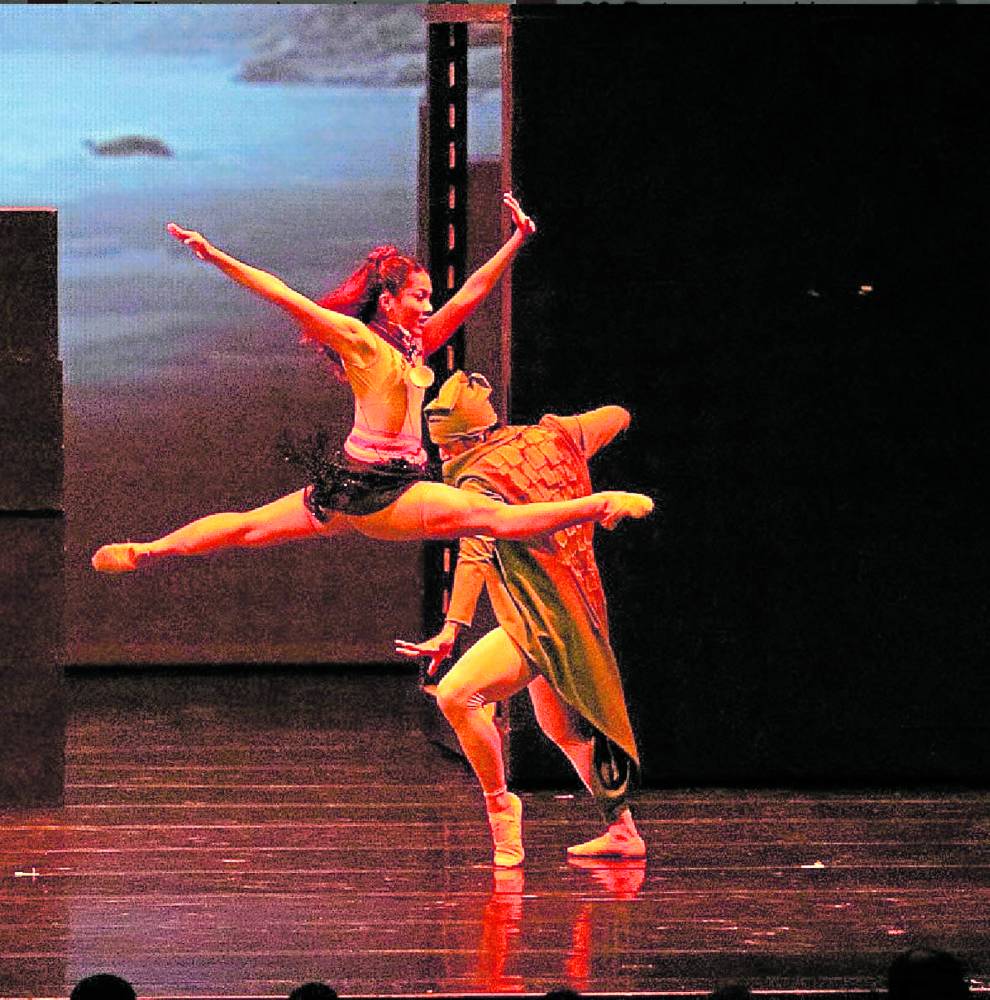
The unrelenting BP president made a day trip to Baguio where Lang lives and spent the day persuading her to accept. Fear prompted Moira’s initial response and fear eventually made her accept.
“Fear can be a good thing,” she admitted as she set down to penning “Limang Daan.” The challenge of stepping into unfamiliar territory was mitigated by an affinity to the women who, despite unjust treatment over hundreds of years, transcended societal oppression.
New music
Reaching back across five centuries from the precolonial era to this present age, Lang created a story with no dialogue, a narration of five lives danced to the music of Erwin Romulo. He collaborated with Malek Lopez for a musical score that combined Southeast Asian instrumentation, classical orchestral arrangements, Filipino elements and glitchy electronics.
Romulo and Lopez were drawn to the project for the opportunity to work with “formidable women,” the composer said, referencing Liechtenstein, Lang and Mercedes Zobel, board member of BP. Then he read Lang’s draft and it was all he needed to plunge wholeheartedly into creating the ballet’s music. “The libretto was strong,” he said. “The first draft was 14 pages long and even then it was already singing with many voices.
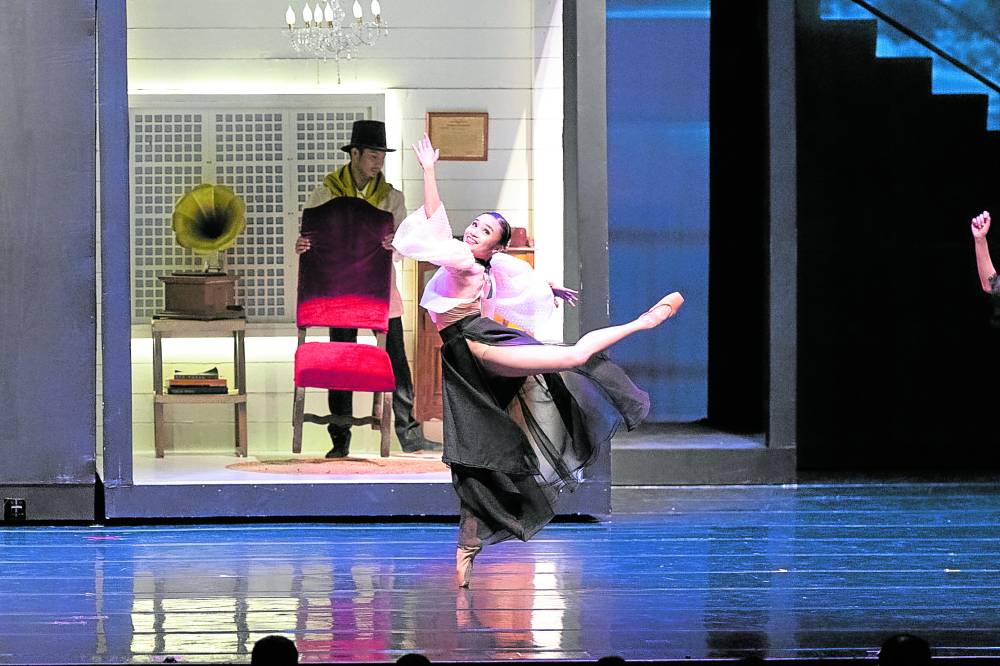
Given what the libretto demanded, they created a score with a unique combination of chants, ecclesiastical nuances and modern sounds. “The process was quite simple: go where the ideas take you, or where the source brings you,” Romulo explained. “Malek and I have worked together for more than two decades and that’s really how we do it.”
“The main challenge was making the proscenium arch disappear and making the audience believe they were witnessing 500 years on stage.”
Repression and abuse
Five vignettes played out the narratives of a Filipina nurse in New York, a precolonial nonbinary, an indigenous tribeswoman sent as a showcase to the 1904 St. Louis World Fair, Maria Clara of Jose Rizal’s “Noli Me Tangere” and three Kalinga women who stood their ground in the Cordilleras against armed opportunists intending to despoil their home by the Chico River.
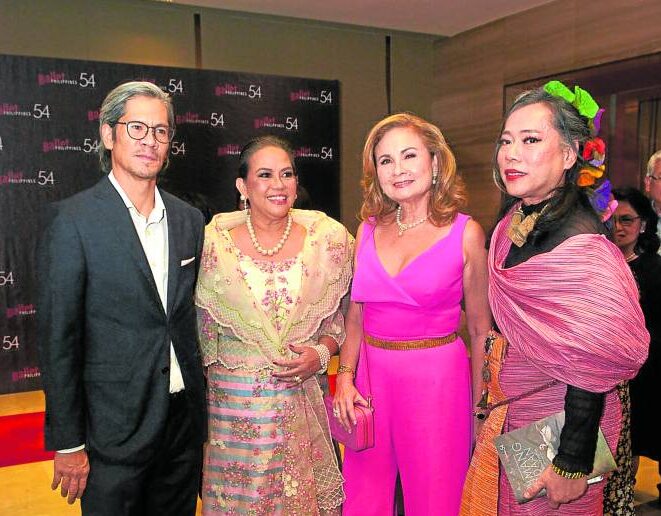
The struggles while particular to their situations share a commonality, the absence of respect for their dignity and their womanhood.
The storytelling is straightforward, masterfully executed in movements of different dance styles. Martynyuk expressed the spirit of the choreography in his printed message. “We were keen on honoring national dances. At the same time, we also drew from the canons of neo and classical movements to create a rich, powerful visual language that would echo the stories of our heroines.”
Movement of light and lightness
Fashion designer JC Buendia was conscripted to make the costume of the dancers. He understood that Filipiniana cannot hold a leg-up so he researched on the movements and the concept of the libretto.
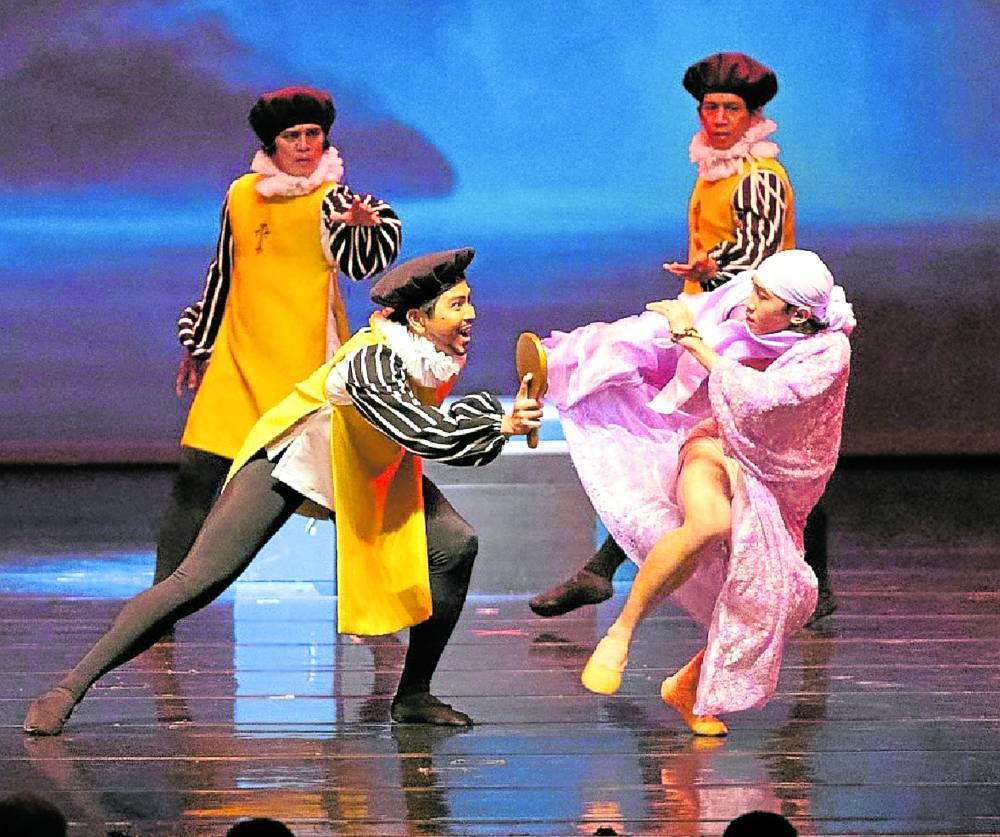
“Designing for ballet dancers is technically challenging as you have to consider big movements and comfort,” he said. Buendia researched on the apparel of each period, the silhouette of the times, the color palette, with a mind on how it would impact on stage. All these elements were crafted together with great consideration for unrestricted mobility of the dancers. The end result was a fluid luminosity of dance, dressed in organdy and beaded tulle, bearing Buendia’s signature Filipina dress.
The synergy of the librettist, composer, choreographer, fashion designer and performers was combustible. One story folded into the next as the characters essayed their roles in dance compositions reflecting their times against the backdrop of different music and scenery changes.
The masterstroke was the melding of the past with the present as the precolonial babaylan, the spiritual leader who refused to bend to the Spanish conquistadors, joined the Kalinga women in the final scene. The distance of space and time was crossed with the women standing together to overcome adversity. It was a cathartic conclusion for a story still evolving in our present times.
